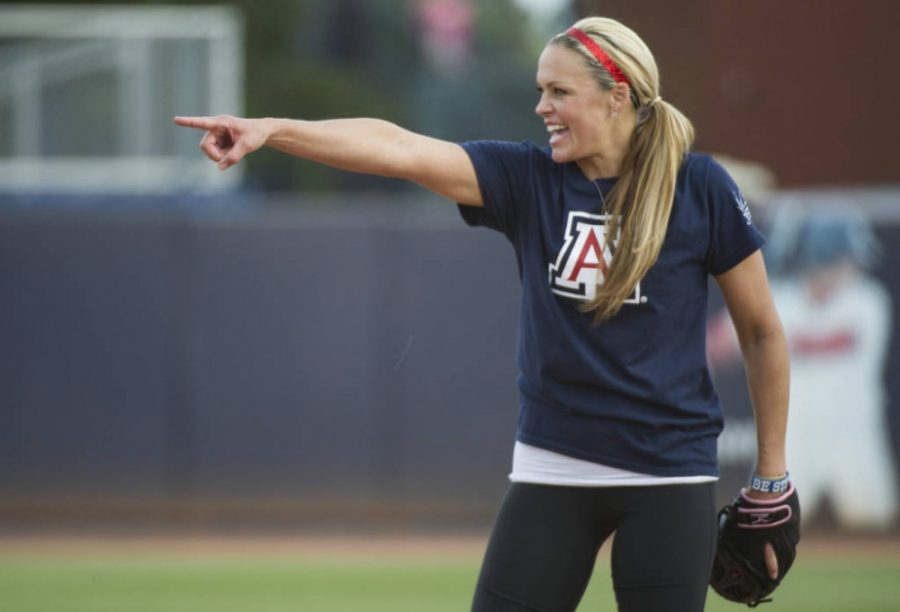The New York Mets will undoubtedly spend the next few months wallowing in defeat as they recover from a disappointing World Series, in which they fell to the Kansas City Royals four games to one. As the Mets organization begins to ponder its options for next season, team executives will look to improve the team’s pitching staff in order to make another championship run. With such improvements in mind, this science writer is proposing an unorthodox strategy to strike out opposing batters: draft a softball pitcher.
In his 2013 book called “The Sports Gene,” David Epstein writes about Jennie Finch—perhaps the most dominant pitcher to ever step on the softball field—and her ability to make major league batters look like tee-ball players. At the 2004 Major League Baseball All-Star Game, Finch put several future Hall of Fame players to shame when she struck out Albert Pujols, Mike Piazza and Brian Giles. None of the three players could even make contact with the ball.
FSN Sport Science later broadcasted an episode in which Finch tested her fastball against that of California State University—Fullerton baseball pitcher Adam Jorgenson. Each pitcher threw several pitches toward a machine capable of measuring physical parameters like force and velocity. Jorgenson’s 95 mph fastball registered 2,411 pounds of force; the strength of Finch’s pitch literally shattered the machine.
Finch’s impressive ability to compete with men at elite levels raises a number of interesting questions. What allows a woman like Finch to show such consistent athletic dominance over male athletes who represent the faces of their sport? Why should hitting a baseball be more difficult than hitting a softball, which is both larger and thrown at lower speeds?
Dr. Ricardo Valerdi, a professor in the UA College of Engineering, is the chief scientist and founder of Science of Sport, a nonprofit organization that teaches STEM subjects to school-age youth by demonstrating connections between sports and science. Valerdi also serves as the faculty adviser for Arizona Science of Baseball, a UA student organization, and he teaches a freshman honors seminar called Science of Baseball. Although he does not specifically research the mechanics of baseball pitches versus softball pitches, he provided insight into the scientific principles behind Finch’s performance.
“I think there are a couple factors in what Jennie Finch was able to do,” Valerdi said. “One of them is that the pitching mound is closer than what the pros are used to. The other is that the angle at which the ball is coming underhand as opposed to overhand, so the aerodynamics are different.”
The result of these factors, Valerdi explained, is a significant difference in how baseball players swing a bat compared to softball players. Baseball players and softball players must use completely different mechanics, and therefore rely entirely different muscle memories, in order to play their respective sports.
Asking baseball players to hit off a softball pitcher “is almost like asking a soccer player to play hockey,” Valerdi said jokingly. “They’re just going to look silly.”
Michael Fenton, a former baseball player at Arizona State University and current softball coach at Sunnyslope High School in Phoenix, fully agreed with Valerdi’s analysis.
“Baseball pitchers can make their pitches move down. Even a straight pitch like a fastball has a downward trajectory,” Fenton said. “Softball pitchers can make the ball travel up because it’s released from below the hip with a windmill action. It takes years to be great at either. Trying one when trained for the other would be the opposite of what muscle memory tells the brain.”
It seems clear that with adequate practice, MLB All-Stars like Pujols would eventually learn to hit pitches thrown by Finch and her teammates.
Nevertheless, the nuances that distinguish the game of softball from the game of baseball would lead to quite an interesting season should an MLB team put Finch on its roster.
Follow Elizabeth Hannah on Twitter









